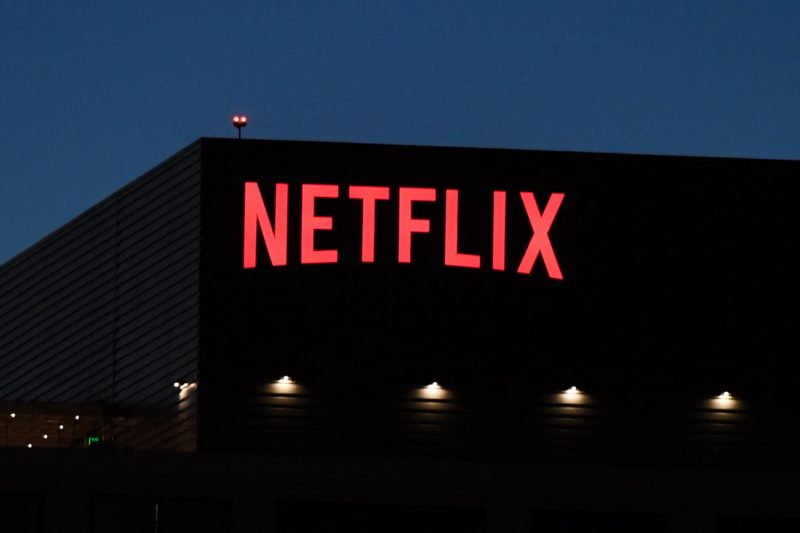In the hyper-competitive digital streaming landscape, Netflix’s decision to introduce an ad-supported tier was seen as a bold and unprecedented move. Two years since its inception, this game-changing model has successfully attracted over 70 million monthly users—a testament to the strategic thinking behind this paradigm shift in Netflix’s revenue strategy.
The ad-supported tier model was rolled out by Netflix as an alternative to their traditional subscription-based model, allowing subscribers to access their vast repository of content at a significantly reduced cost. In return, users are presented with occasional advertisements, leading to the creation of additional revenue for the company. Faced with growing market competition from rivals such as Disney+, Hulu, and Amazon Prime, Netflix’s introduction of an ad-supported tier was a calculated step aimed at expanding its customer base and creating a robust revenue strategy.
The model has been effective in bringing huge success for Netflix. After its launch, the ad-supported tier has dramatically boosted Netflix’s user base by over 70 million monthly active users, accounting for roughly a third of its total subscribers. This number is larger than the entire population of the United Kingdom—perhaps an indication of magnitude of its impact in the competitive landscape. The surge in user base has provided Netflix not only with a fresh revenue stream but also a vast pool of data, providing insights into consumer viewing habits and preferences.
The introduction of the ad-supported tier also addressed the problem of unregulated sharing of Netflix accounts. Before its introduction, many Netflix users resorted to sharing their account details with multiple users to split the relatively high subscription cost. By providing a cheaper ad-supported alternative, Netflix effectively curbed this practice. This has led to an increase in the number of individual accounts and has allowed Netflix to accurately track user behavior, facilitating more personalized advertising and content recommendations.
The strategic balance between advertisement frequency and user experience has also been a key factor in the successful adoption of the ad-supported tier. Netflix has implemented smart algorithms that limit ad frequency and ensure relevance, delivering a seamless viewing experience for consumers. The ads are also tailored according to user preferences, adding value to both users and advertisers.
From a commercial standpoint, the ad-supported tier has opened the door for brand partnership opportunities. Having a captive audience of 70 million monthly users offers a powerful tool for advertisers and brands who want to reach a diverse, global audience. This enhanced visibility provides an opportunity for advertisers to engage with potential customers in a more meaningful way, creating a win-win scenario for all parties involved.
Overall, Netflix’s introduction of an ad-supported tier has proven to be a transformative strategy, impacting both its user base and revenue streams. By minimizing cost barriers, bringing relevance through targeted ads, and using smart technology to minimize viewer disruptions, Netflix has effectively catered to a more price-sensitive segment. In doing so, it has cultivated an enormous user base, creating a tidal wave of change in the digital streaming landscape. The future of streaming services could indeed be shaped by strategies such as these—those that offer value, affordability, and engagement to the end consumer.




